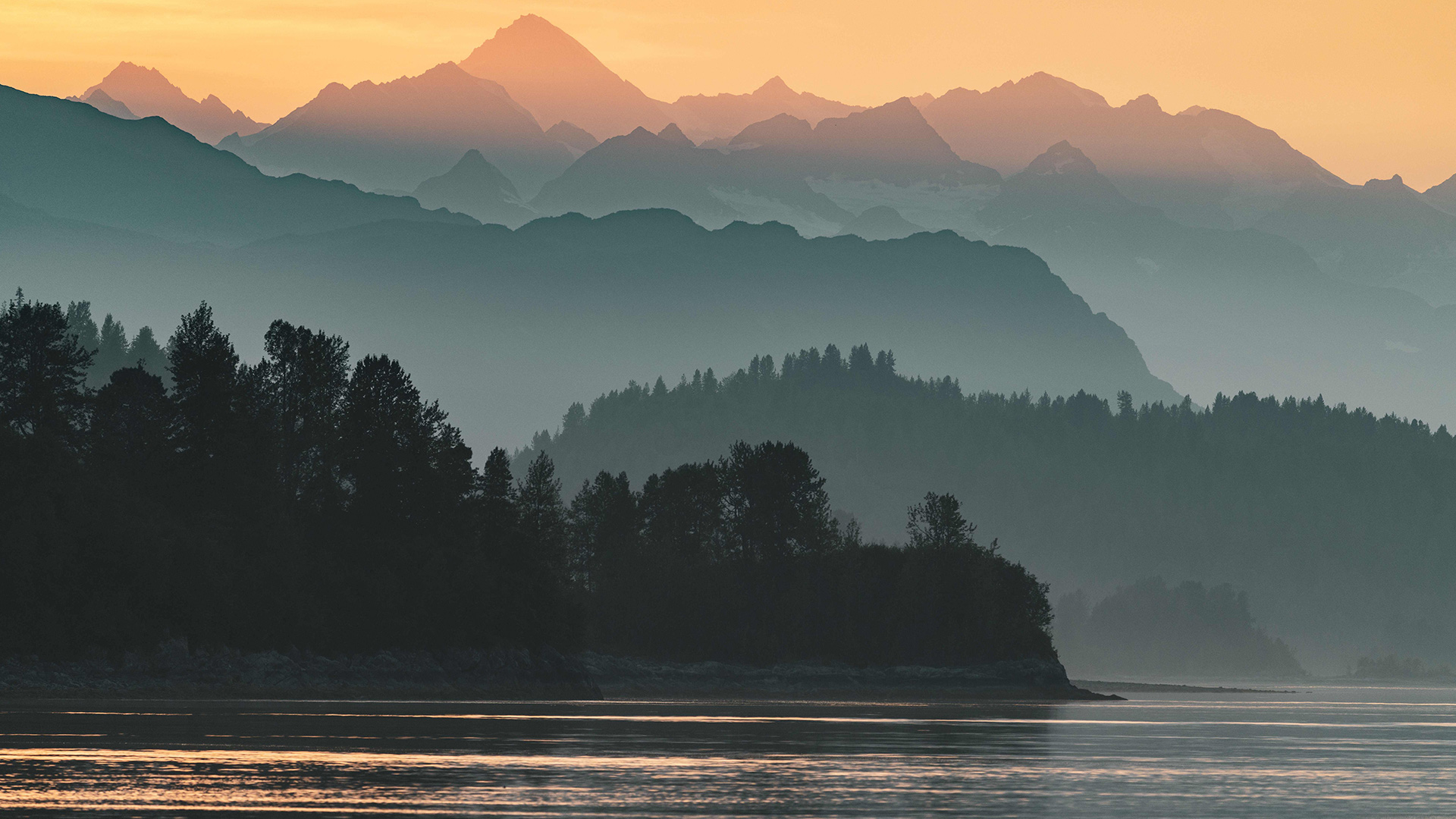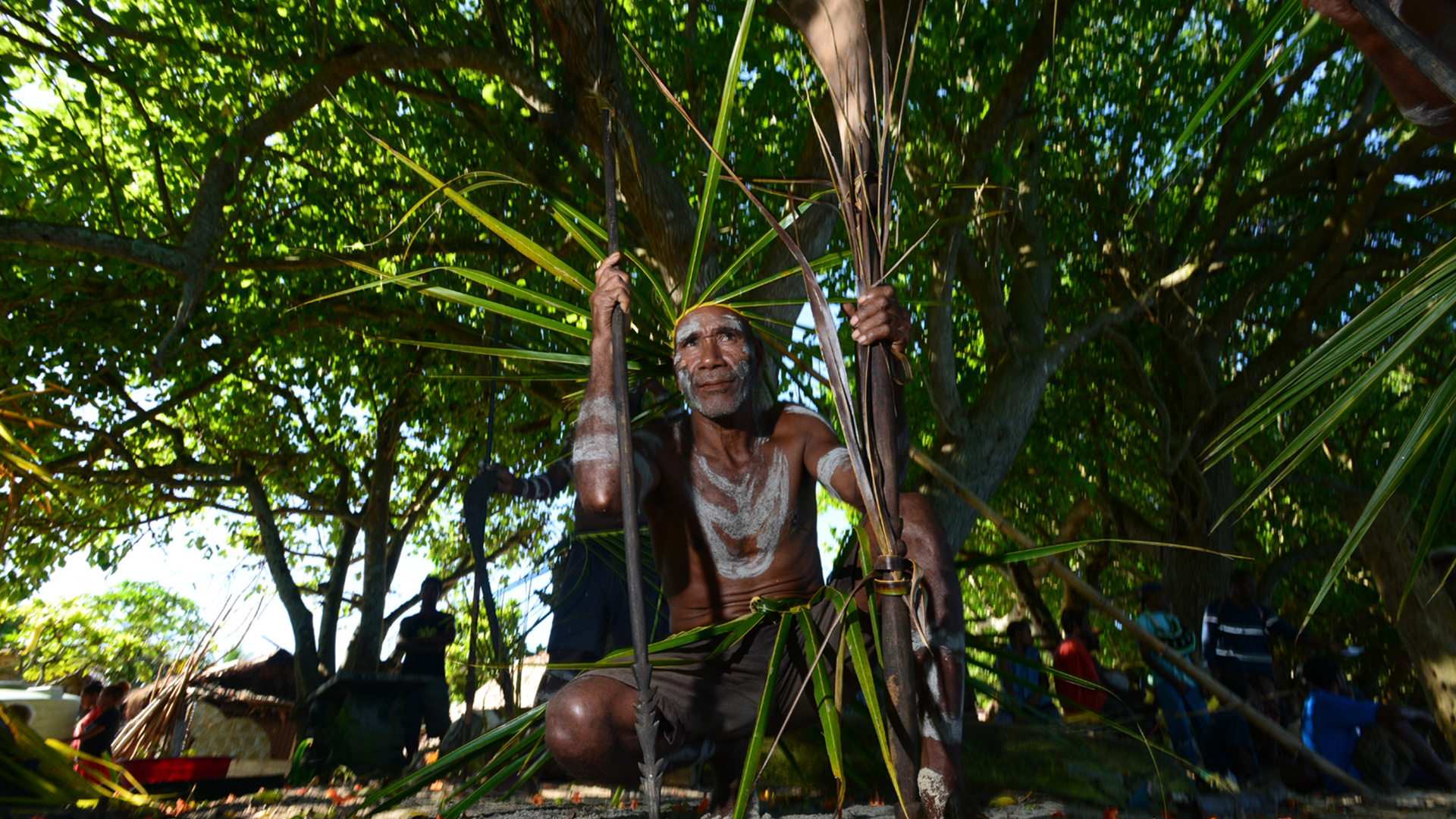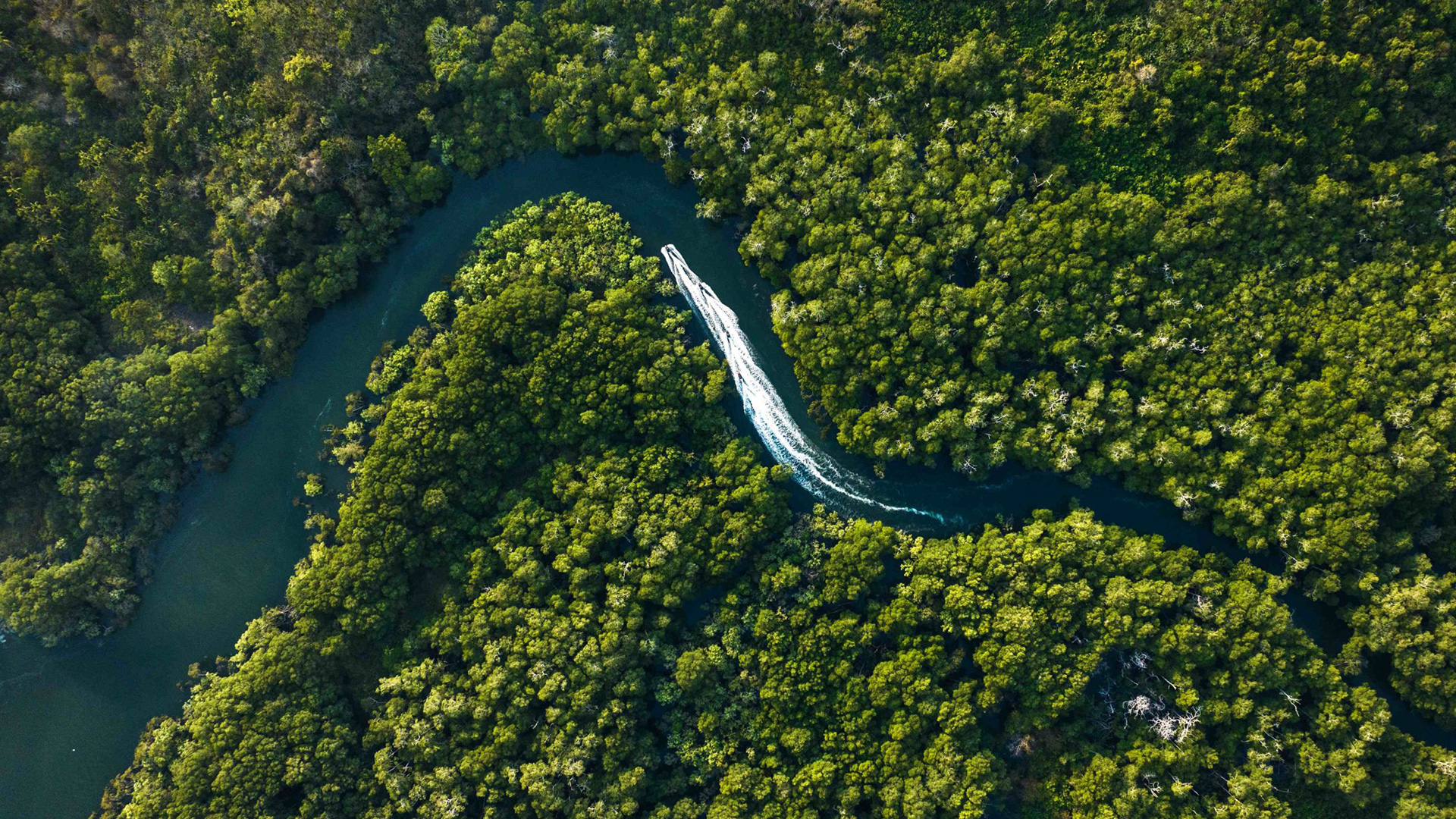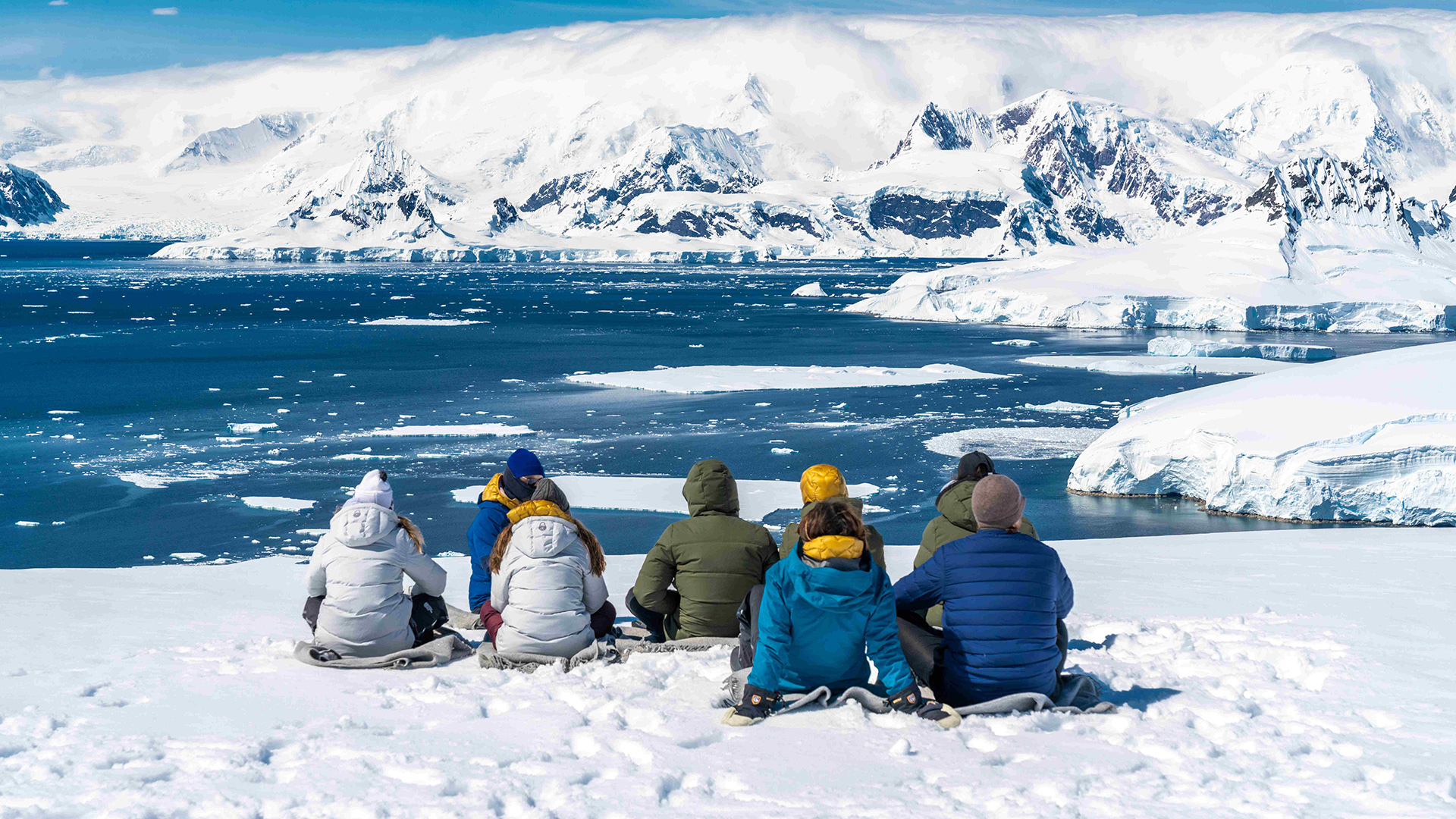March 21st marks the International Day of Forests, a United Nations-designated celebration of all the world’s forests, a reminder of the innumerable ways in which they benefit us, and a call to action to protect them. From the air we breathe to the materials we depend on, the forests of the world influence our everyday lives. Journey with us as we explore the vast diversity of our forest ecosystems.
The Temperate Rainforest of Southeast Alaska
Many people may not associate Alaska with the rainforest. But this coastal region abutting British Columbia receives between 25” and 200” of rain over the course of a year and supports a lush mosaic of old-growth western hemlock, Sitka spruce, hemlock, and cedar. Much of the forest constitutes the Tongass National Forest, the world’s largest remaining intact temperate rainforest and the country’s largest national forest. It’s thanks to this dense canopy that the region’s streams are clear and cold enough for Pacific salmon to spawn and why predators like brown bears and bald eagles flock to the riparian streams.
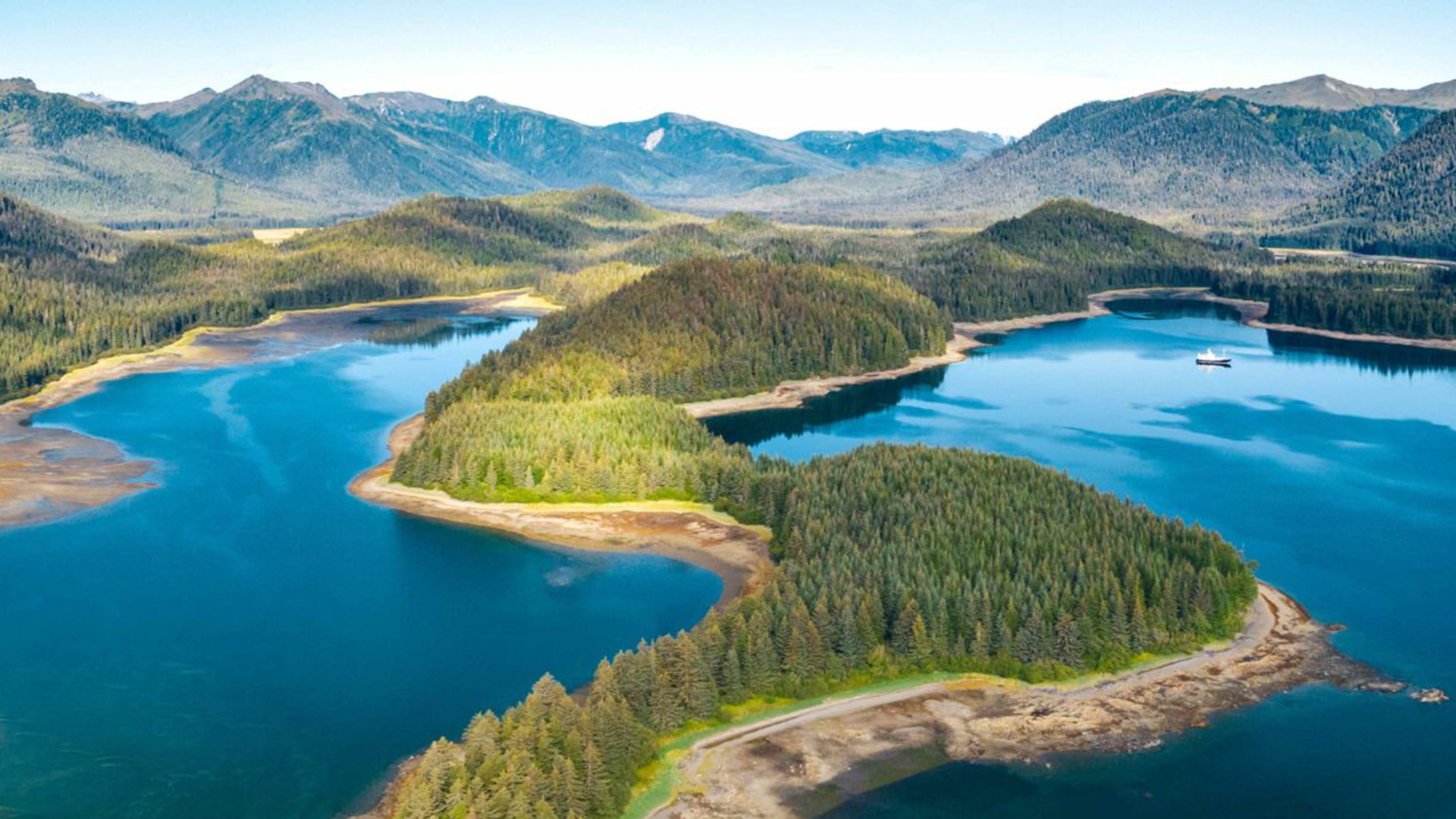
The Kelp Forest of South Georgia
Much like a forest on land, kelp forests reach from the ocean floor to the surface in shallow coastal waters, photosynthesizing as they grow and generating oxygen in the process. These underwater towers of kelp create a canopy that provides food and shelter for thousands of fish, invertebrates, and marine mammal species. And their impact is enormous; researchers recently found that, worldwide, underwater forests cover an area comparable to the Amazon rainforest basin and twice the size of India!
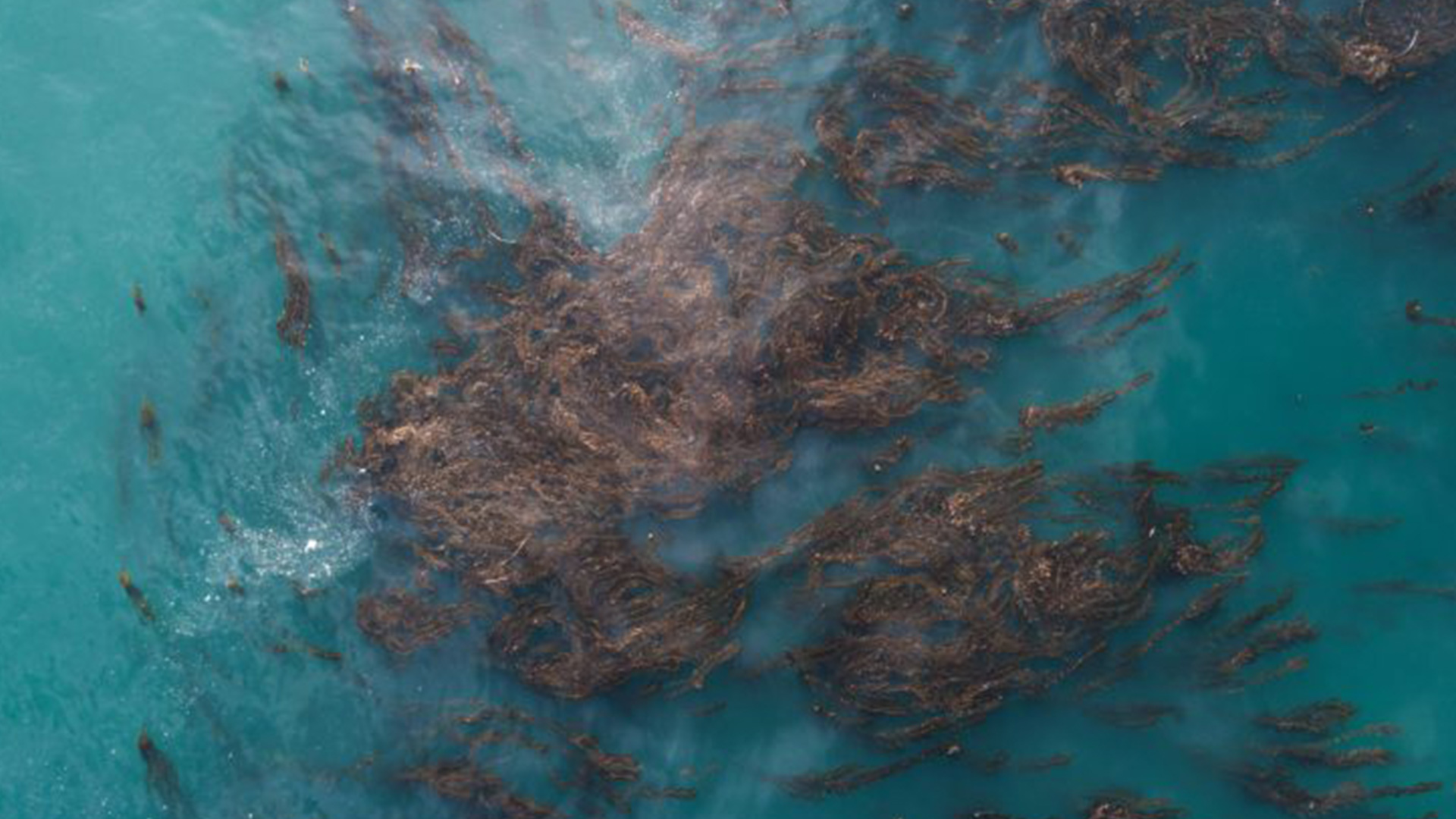
The Baobab Forest of Madagascar
The Baobab is an emblematic tree of Madagascar, towering over the plains and characterizing the landscape of the south and west of the island. Six of the eight recorded are endemic to this large Indian Ocean island, meaning that they are found nowhere else in the world. Thanks to their enormous size—baobabs can reach up to 90 feet in height, with trunks measuring 90 feet in circumference—these towering giants have earned the name “Reniala” in Malagasy, meaning “queen of the forest”. The oldest known baobab in Madagascar is found in Tsimanapetsotse park south of Toliara. Named “grandmother,” this spectacular individual has been dated to 1,600 years old!
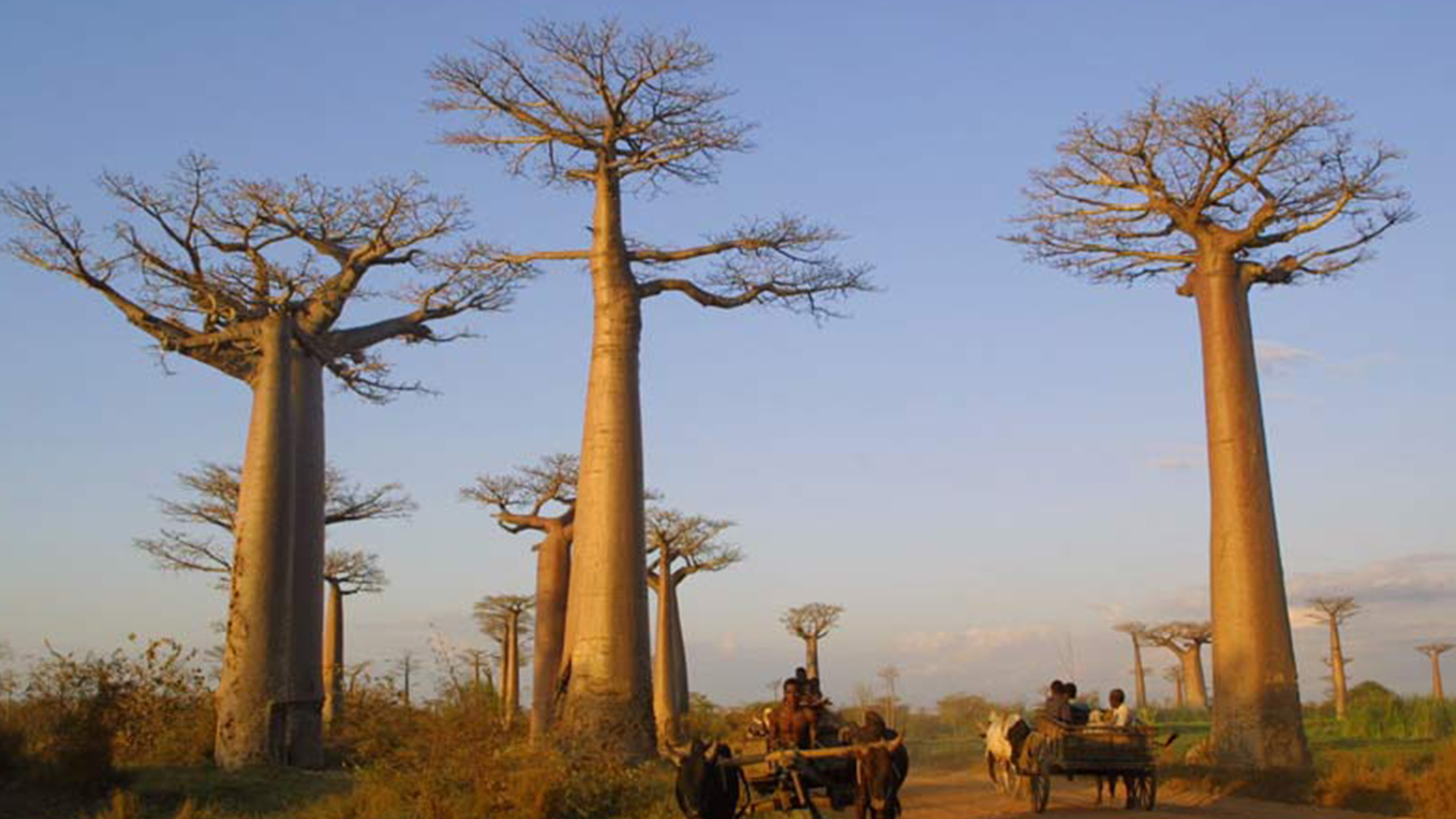
The Rainbow Eucalyptus Forest of Papua New Guinea
Within the dense green of the tropics there is sometimes a burst of kaleidoscopic color. This is the distinctive bark of the rainbow eucalyptus (Eucalyptus deglupta), a tree native to the Philippines, Papua New Guinea, and Indonesia. It is also known as the Indonesian gum tree and the Mindanao gum after the island of Mindanao in the Philippines. The trunk periodically sheds a strip of bark, revealing a green layer underneath. Once exposed to air, this layer then transforms into a range of vibrant reds, oranges, yellows, and greens. The periodic shedding means that various layers change at different times, creating a jaw dropping spectrum and giving the tree its “rainbow” name.

The Tropical Cloud Forest of Costa Rica
From Panama to Pakistan, Cambodia to Costa Rica, cloud forests — whose Spanish name is bosque nuboso — cover just under 1% of global woodlands. These rare forests occur within tropical or subtropical mountainous environments, where the atmospheric conditions allow for a consistent cover of clouds. Unlike rainforests, which rely on heavy rainfall, cloud forests obtain much of their moisture from the mist and fog that shroud the mountainsides, creating a unique microclimate. The cloud forest’s dense canopy, made up of mosses, ferns, orchids, and epiphytes, provides shelter and food for numerous animals such as birds, monkeys, and insects. Unfortunately, cloud forests are under threat from deforestation, climate change, and human activities, making their conservation a critical priority. Luckily, Costa Rica is a worldwide leader in conservation; efforts by local governments and NGOs have increased the total forest cover of the country by 20% over the last 30 years.
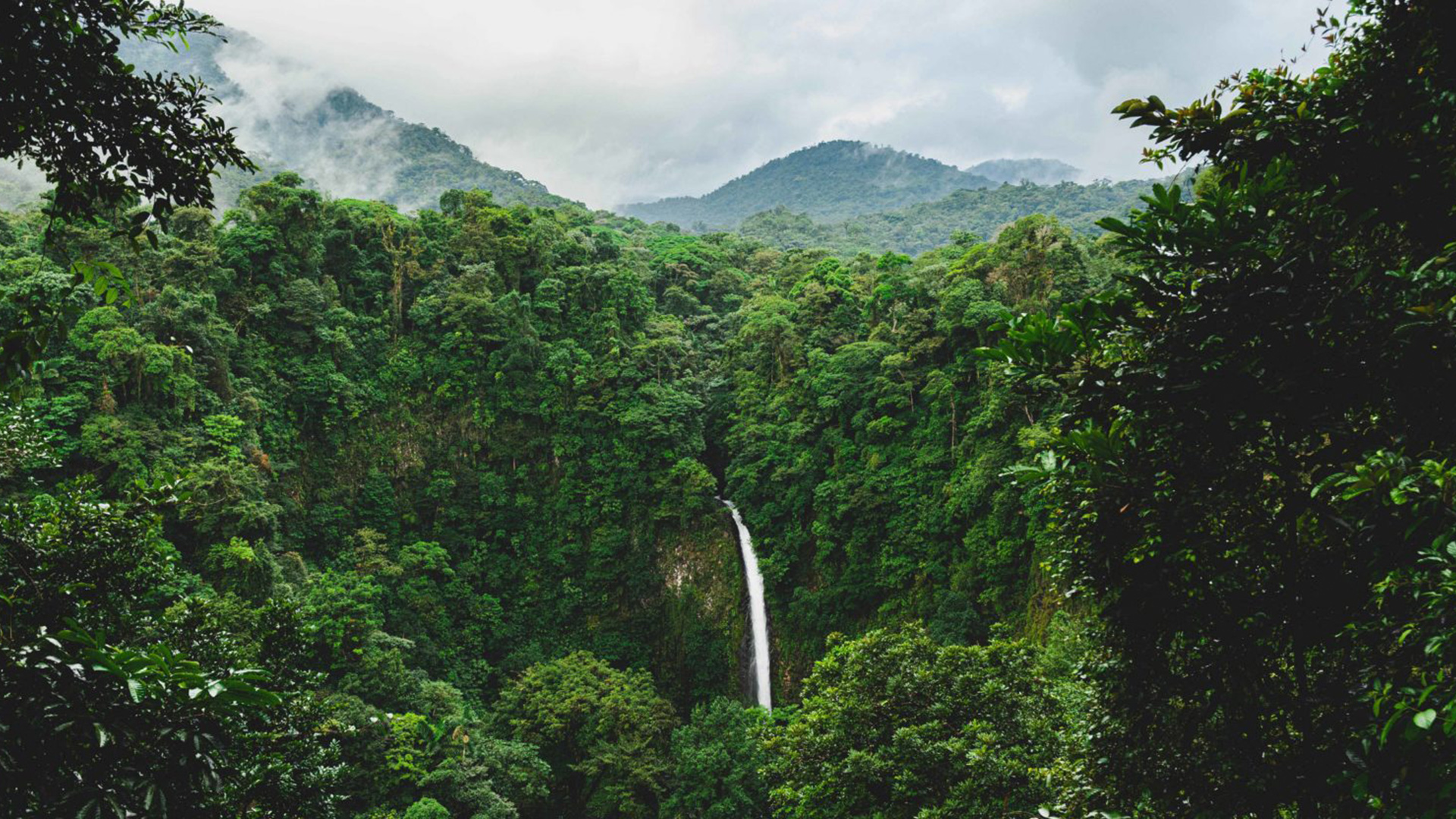
The Mangrove Forests of Baja California
A mangrove forest is a unique type of forest ecosystem that grows in the intertidal zone along tropical and subtropical coastlines. Mangroves are trees and shrubs that have adapted to the harsh and variable conditions of the coastal environment, including saltwater inundation, low oxygen levels, and strong tidal currents. In addition to providing habitat for crabs, shrimp, and juvenile fish, they also serve critical roles for the livelihoods and cultures of many coastal communities, providing wood, medicine, and protection from storm surges. Additionally, mangroves are one of our largest carbon sinks, sequestering massive amounts of carbon in their roots and helping to mitigate the effects of climate change!

